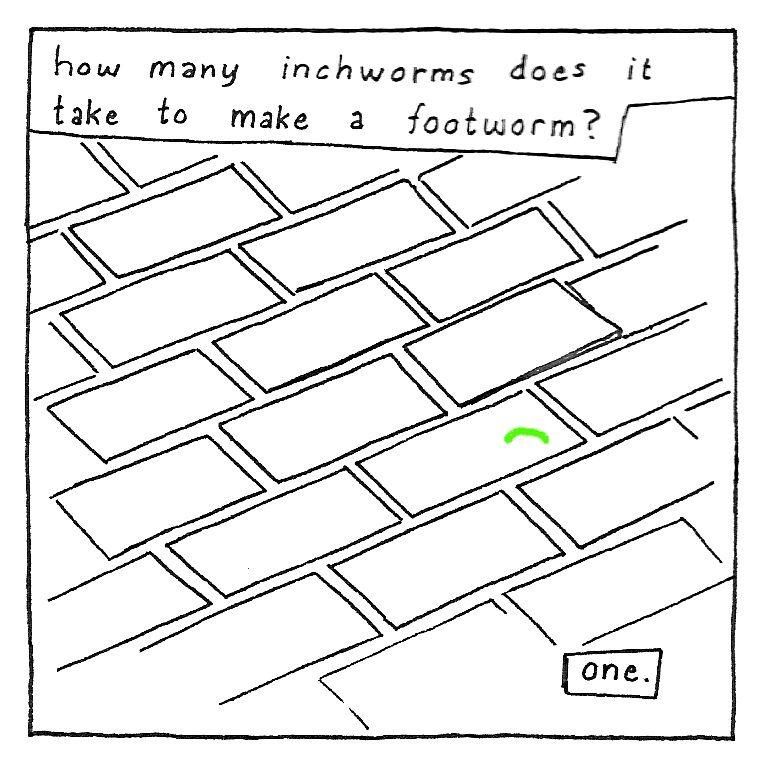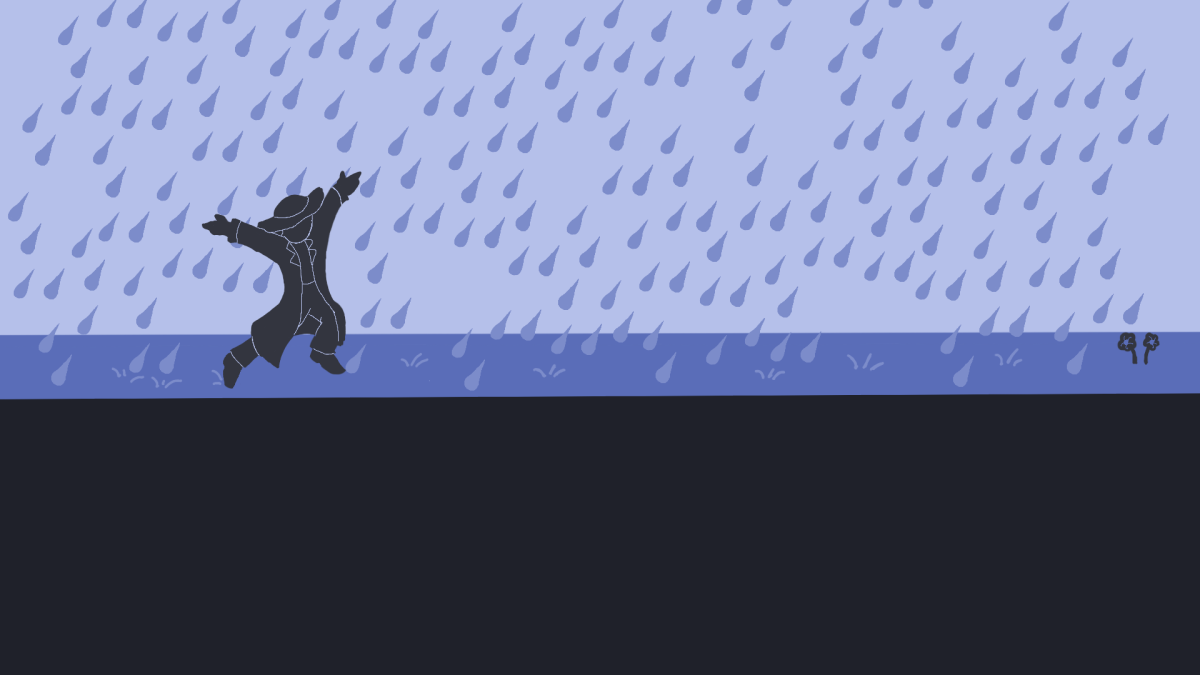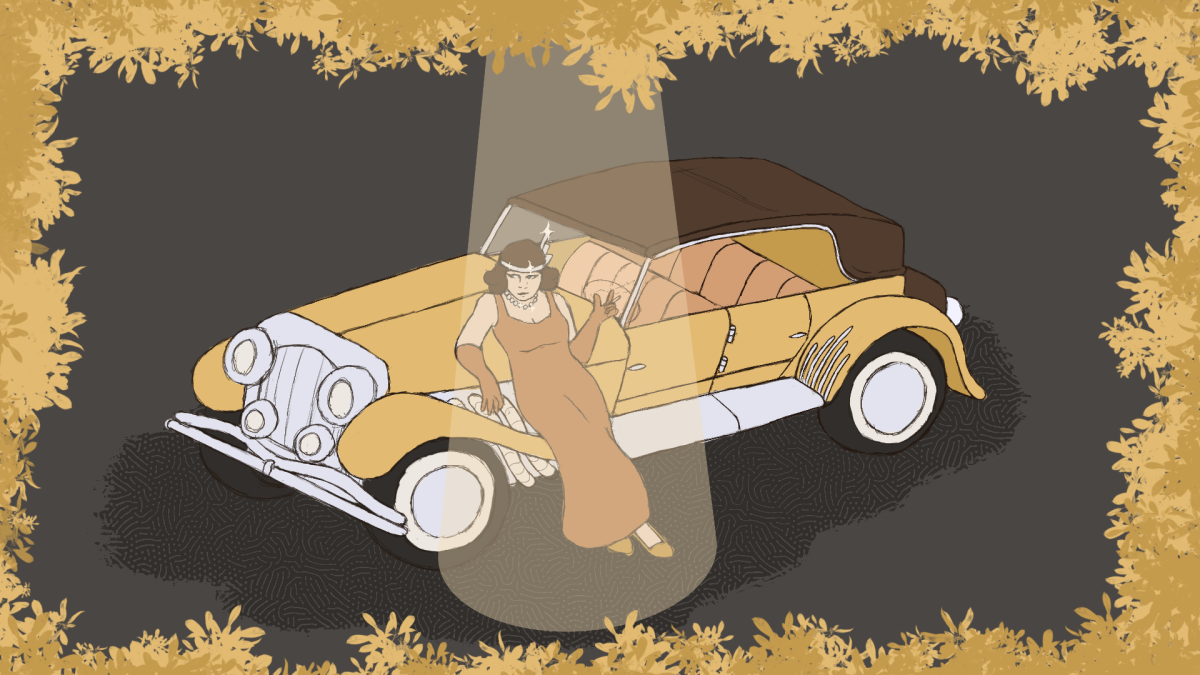Prior to coming to NC State, the only time I’d ever seen an inchworm was on “Sesame Street.” They seemed so cute on TV, inching around and eating holes in leaves. I would soon enough find out that they were not all that cute. No one prepared me for tiny green worms suspended from silky threads, looming in the trees above.
I remember quite vividly my first encounter with the dreaded inchworm species. It was my freshman year, and I had just survived my first semester. I was feeling confident and starting to really feel at home on campus. I was walking down Hillsborough Street when I saw something dangling from the tree above.
I remember looking at it with a tilted head, but I didn’t think about it for too long. As the days went on, I began to run into them more frequently. They were everywhere. On the buses, in my hair and in my bed — I couldn’t seem to get away from them. I will never forget the evening when I finally laid down to go to sleep, and I found not one, but three inchworms in my bed.
I remember calling my mom and telling her about them. She laughed and told me I was crazy. Growing up in Elizabeth City, inchworms were not a thing, or at least they weren’t in abundance. It wasn’t until I sent her a video of one crawling across my desk did she finally believe me. I remember her exact words: “Do you want to transfer schools?”
Each spring I remember that sinking feeling I’d get when I heard chatter about inchworms around campus. The inchworms were not enough to ruin my love affair with NC State, but they were enough to put a damper on it — that is, until recently.
This will be my last spring at State, and I want it to be as positive and fulfilling as possible. This year, I wanted to make peace with the inchworms. Step one was finding out exactly what they are. According to Encyclopedia.com, there are over 1,200 species that are indigenous to North America.
Stephen Bambara, an NC State extension entomologist, stated that the cankerworm has four stages of life: egg, caterpillar, pupa, adult. The inchworms that we have come to know and love refer to two species, the fall cankerworm and the spring cankerworm. Fall cankerworms emerge in late February, while spring cankerworms emerge closer to the spring. Once the caterpillars have completed their feast on the leaves, they string themselves down to the ground. Once on the ground, the cankerworm burrows itself into the ground, forming a new cocoon. When it emerges, it will be a moth.
For the most part, there is really no reason to be afraid of inchworms, that is, unless you’re superstitious. According to animals.mom.me, an old Kentucky legend states that if an inchworm crawls on you, he is measuring you for your coffin. But according to science, he’s either looking for leaves to nibble on or the soil to take a nice nap in.
I won’t lie, I am still never excited when I find one in my hair or on my clothes. But I don’t scream when I see them anymore, and I even helped one onto the ground that had been climbing along my car. Four years later, and I can finally say that I have made peace with the inchworms.















